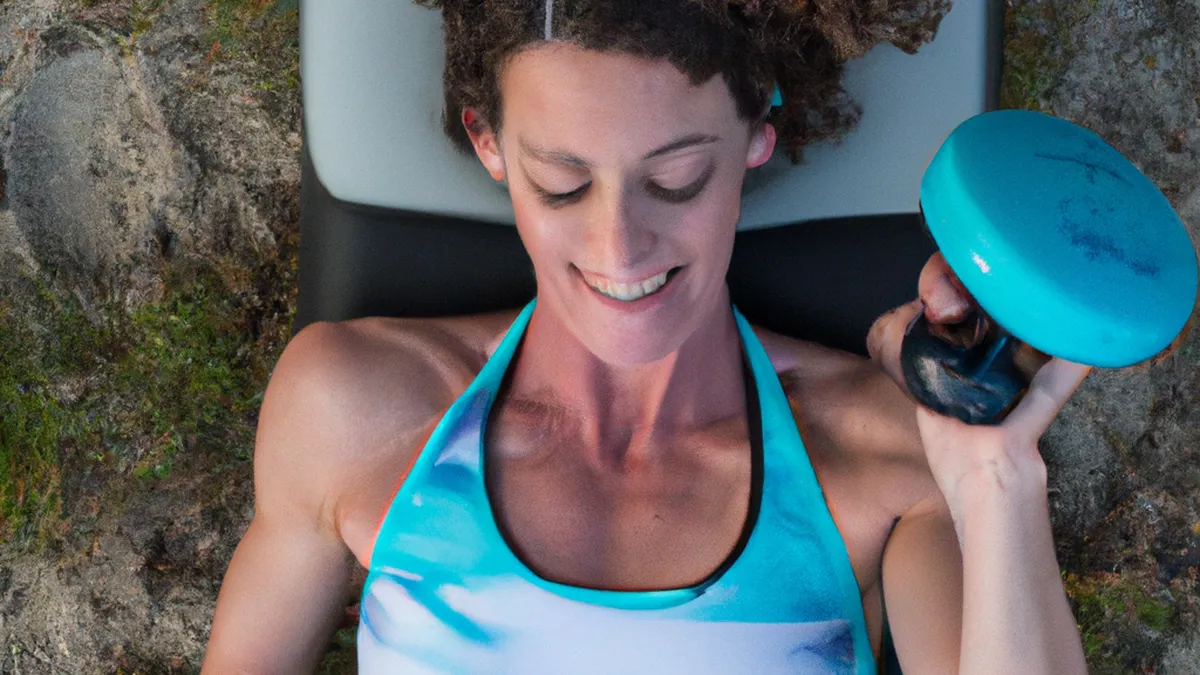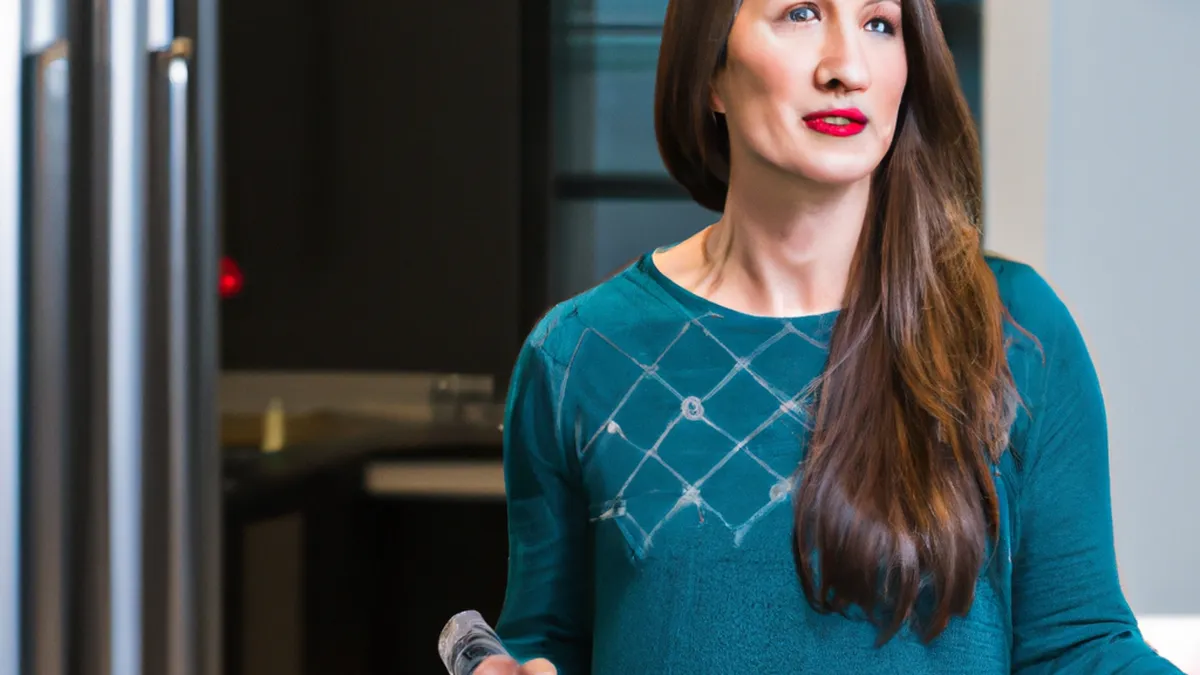Challenge Young Athletes with Engaging Exercises
Age-Appropriate Training Regimens for Young Female Athletes
As an Amazon Associate I earn from qualifying purchases.
Gear tip: consider Young, Athletes and Challenge to support this workout.
Youth sports have changed dramatically. Young female athletes now gain recognition across various sports. From soccer fields to gymnastics studios, these athletes break records and achieve remarkable feats. Coaches must tailor training regimens to meet their unique developmental needs. Age-appropriate training ensures skill development, injury prevention, and a lifelong love for sports. This blog post explores effective training strategies for young female athletes, considering their physical and psychological growth.
Understanding Developmental Stages
Young female athletes undergo physical, emotional, and cognitive changes as they grow. These changes influence their performance and training needs. Coaches, parents, and trainers must consider these stages when creating training plans.
Early Childhood (Ages 5-7)
Focus on fun and basic movement skills during early childhood. Activities should include running, jumping, throwing, and catching. The main goal is to foster a love for movement and sports. Encourage participation in various sports to develop motor skills and coordination. Activities like obstacle courses and playground games make physical activity enjoyable.
Middle Childhood (Ages 8-11)
As children enter middle childhood, they often specialize in certain sports. Training should introduce basic techniques while emphasizing skill development. Encourage young athletes to participate in multiple sports to prevent burnout. This multi-sport approach helps them develop a well-rounded athletic foundation and discover their sports passions.
Adolescence (Ages 12-18)
Adolescence brings significant physical and hormonal changes that affect performance. Training regimens should adapt, focusing on strength training, flexibility, and endurance. Young athletes may experience increased pressure to perform. Cultivating a supportive environment is essential. Incorporate team-building activities and promote open communication to enhance confidence. Coaches should emphasize nutrition and self-care as young athletes navigate training and personal growth.
Key Training Tips
Creating an age-appropriate training regimen involves key tips that ensure effectiveness and enjoyment.
Focus on Fundamentals
Prioritize fundamental skills in training. Young athletes must learn the basics before advancing to complex techniques. Teach proper running form, dribbling techniques, and shooting mechanics to enhance skill mastery. Building a strong foundation improves performance and reduces injury risk.
Incorporate Variety
Keep training sessions engaging by incorporating variety. Use different drills, games, and challenges to maintain interest. Mix traditional drills with fun activities like relays and scavenger hunts. Rotating sports keeps training fresh and exciting.
Conclusion
In summary, age-appropriate training for young female athletes enhances their skills and enjoyment in sports.
Below are related products based on this post:
FAQ
What are the key focus areas for training young female athletes in early childhood?
In early childhood (ages 5-7), the focus should be on fun and basic movement skills. Activities should include running, jumping, throwing, and catching, with the main goal of fostering a love for movement and sports. Encouraging participation in various sports helps develop motor skills and coordination through enjoyable activities like obstacle courses and playground games.
How can coaches support young female athletes during adolescence?
During adolescence (ages 12-18), coaches can support young female athletes by adapting training regimens to focus on strength training, flexibility, and endurance. It’s important to cultivate a supportive environment that includes team-building activities and promotes open communication. Additionally, emphasizing nutrition and self-care helps athletes navigate the pressures of training and personal growth.
Why is a multi-sport approach beneficial for young female athletes in middle childhood?
A multi-sport approach during middle childhood (ages 8-11) is beneficial because it helps prevent burnout and allows young athletes to develop a well-rounded athletic foundation. Participating in multiple sports enables them to discover their sports passions while also introducing basic techniques and emphasizing skill development.















Post Comment